
HISTORY OF
MICROPROCESSORS
Gursharan Singh Tatla
mailme@gursharansingh.in
www.eazynotes.com
1

C
ONTENTS
Introduction
4-Bit Microprocessors
8-Bit Microprocessors
16-Bit Microprocessors
32-Bit Microprocessors
64-Bit Microprocessors
2
Gursharan Singh Tatla
mailme@gursharansingh.in
www.eazynotes.com
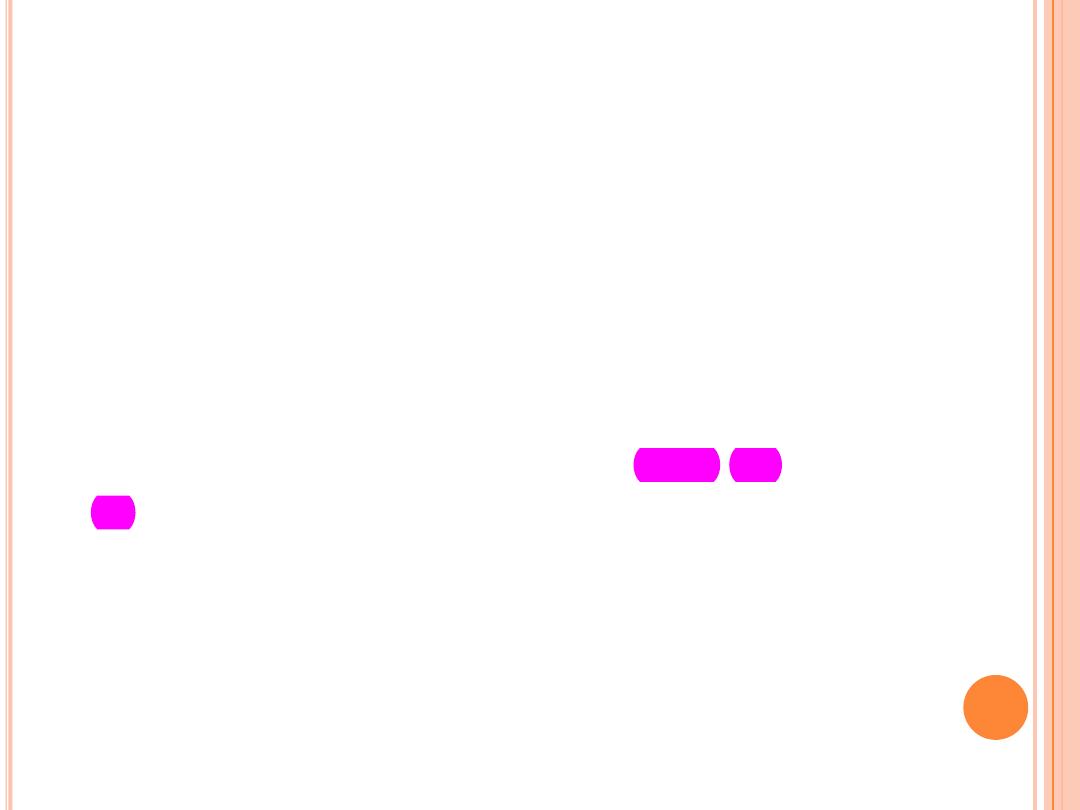
I
NTRODUCTION
Fairchild Semiconductors (founded in 1957)
invented the first IC in 1959.
In 1968, Robert Noyce, Gordan Moore, Andrew
Grove resigned from Fairchild Semiconductors.
They founded their own company Intel (Integrated
Electronics).
Intel grown from 3 man start-up in 1968 to industrial
giant by 1981.
It had 20,000 employees and $188 million revenue.
3
Gursharan Singh Tatla
mailme@gursharansingh.in
www.eazynotes.com

4-
BIT
M
ICROPROCESSORS
4
Gursharan Singh Tatla
mailme@gursharansingh.in
www.eazynotes.com
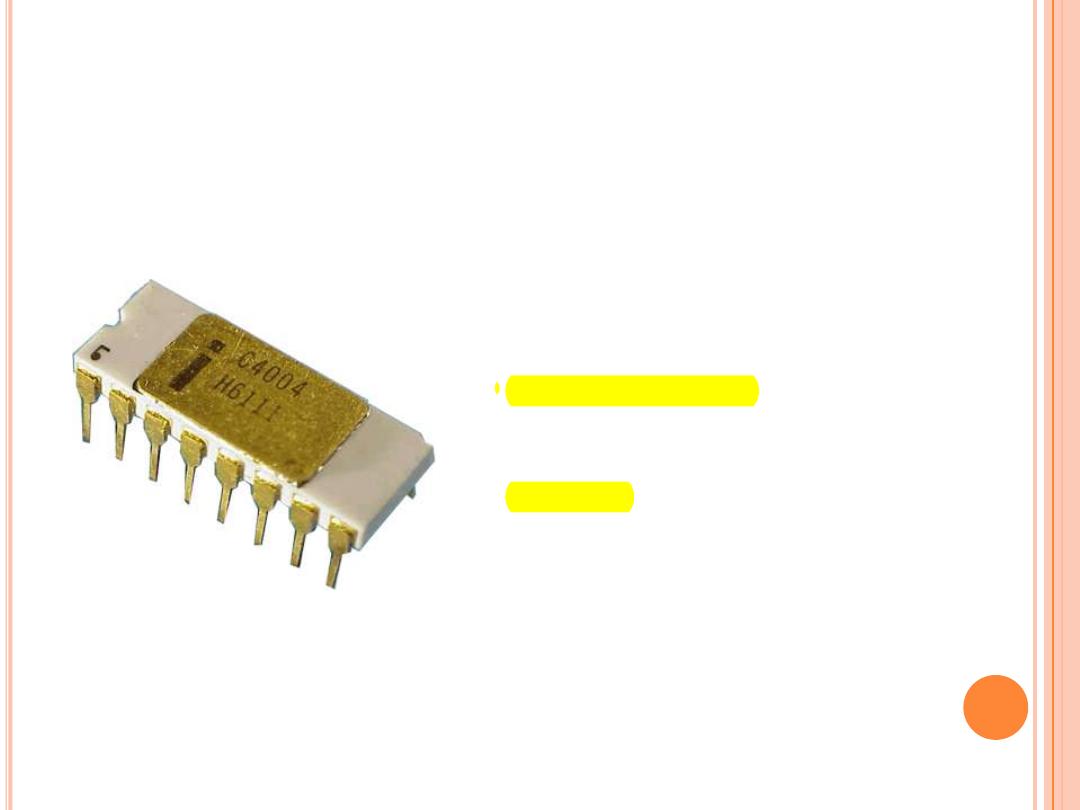
I
NTEL
4004
Introduced in 1971.
It was the first
microprocessor by Intel.
It was a 4-bit µP.
Its clock speed was
740KHz.
It had 2,300 transistors.
It could execute around
60,000 instructions per
second.
5
www.eazynotes.com
Gursharan Singh Tatla
mailme@gursharansingh.in
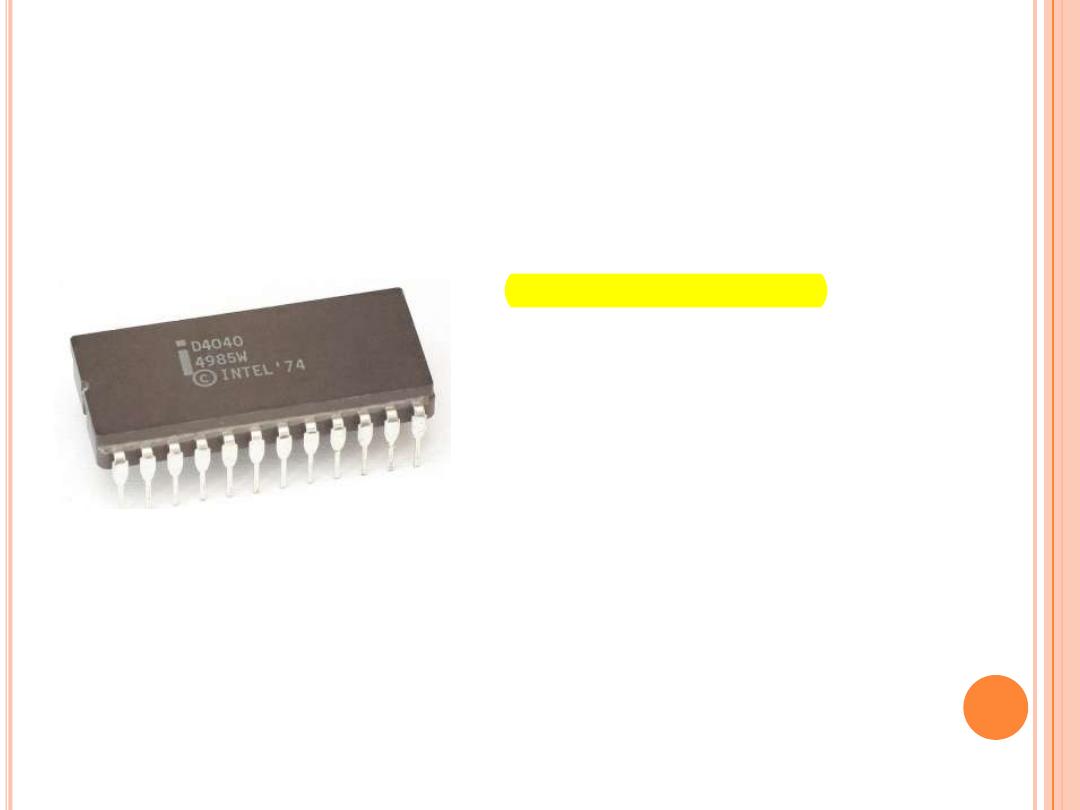
I
NTEL
4040
Introduced in 1974.
It was also 4-bit µP.
6
www.eazynotes.com
Gursharan Singh Tatla
mailme@gursharansingh.in

8-
BIT
M
ICROPROCESSORS
7
Gursharan Singh Tatla
mailme@gursharansingh.in
www.eazynotes.com
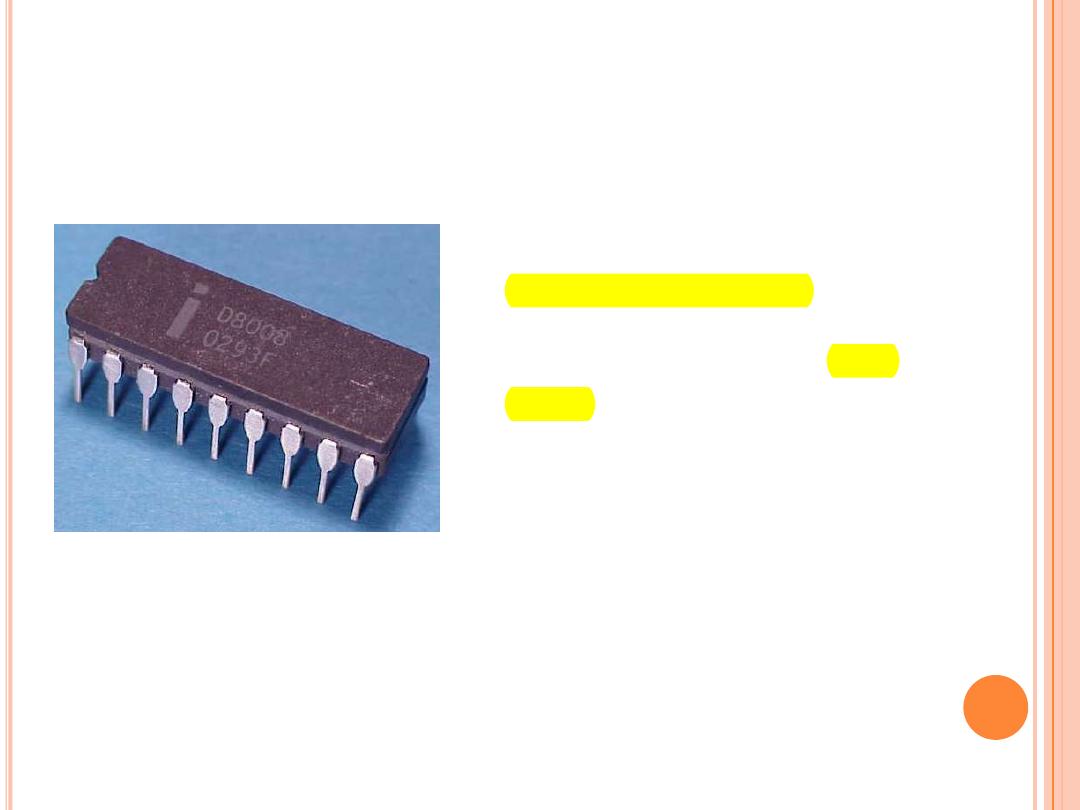
I
NTEL
8008
Introduced in 1972.
It was first 8-bit µP.
Its clock speed was 500
KHz.
Could execute 50,000
instructions per second.
8
www.eazynotes.com
Gursharan Singh Tatla
mailme@gursharansingh.in
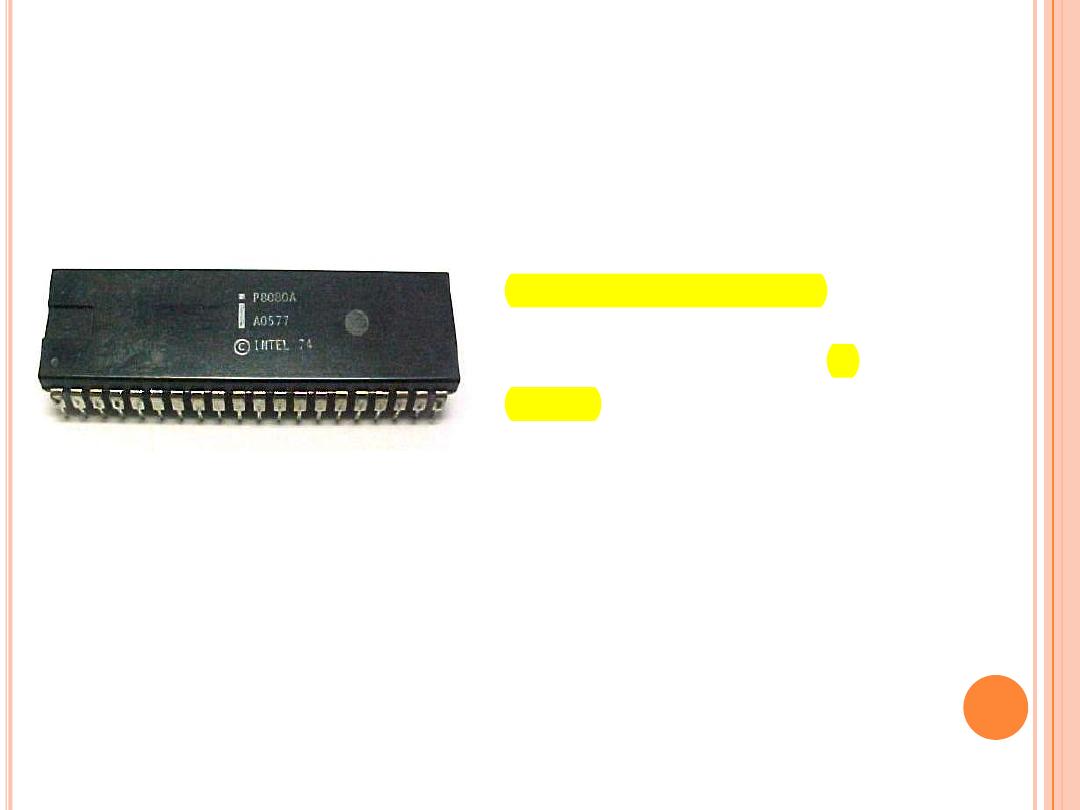
I
NTEL
8080
Introduced in 1974.
It was also 8-bit µP.
Its clock speed was 2
MHz.
It had 6,000 transistors.
Was 10 times faster than
8008.
Could execute 5,00,000
instructions per second.
9
www.eazynotes.com
Gursharan Singh Tatla
mailme@gursharansingh.in
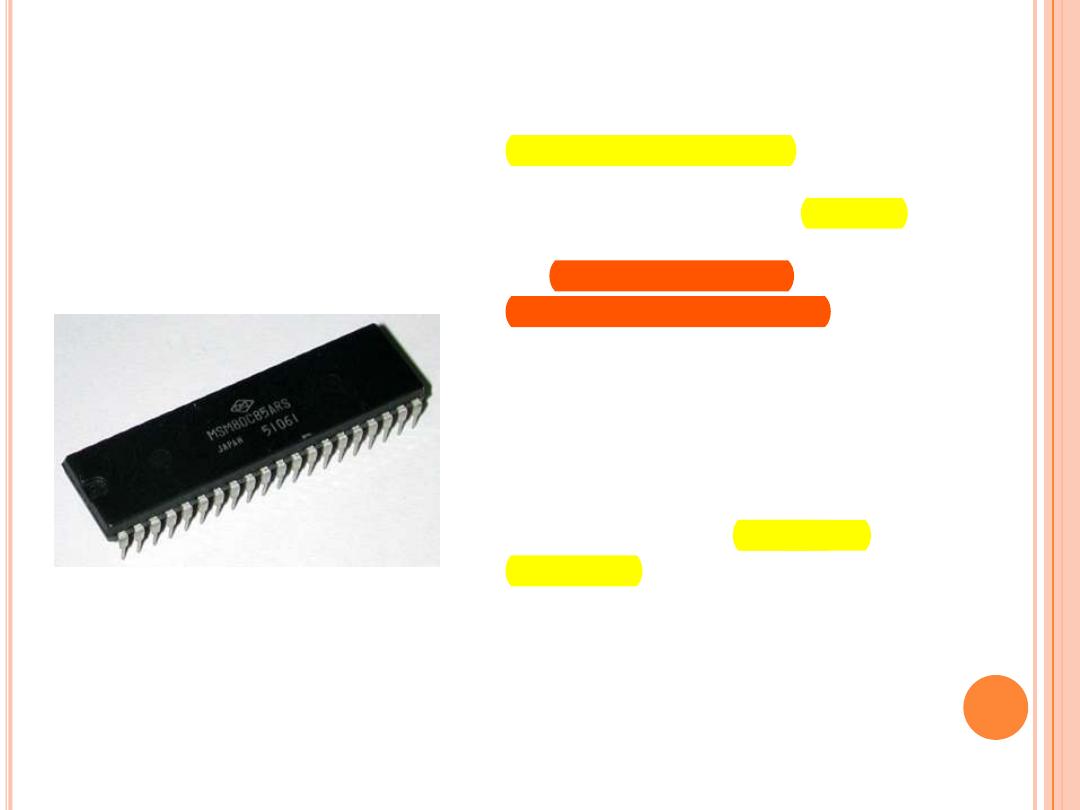
I
NTEL
8085
Introduced in 1976.
It was also 8-bit µP.
Its clock speed was 3 MHz.
Its data bus is 8-bit and
address bus is 16-bit.
It had 6,500 transistors.
Could execute 7,69,230
instructions per second.
It could access 64 KB of
memory.
It had 246 instructions.
Over 100 million copies
were sold.
10
www.eazynotes.com
Gursharan Singh Tatla
mailme@gursharansingh.in

16-
BIT
M
ICROPROCESSORS
11
Gursharan Singh Tatla
mailme@gursharansingh.in
www.eazynotes.com
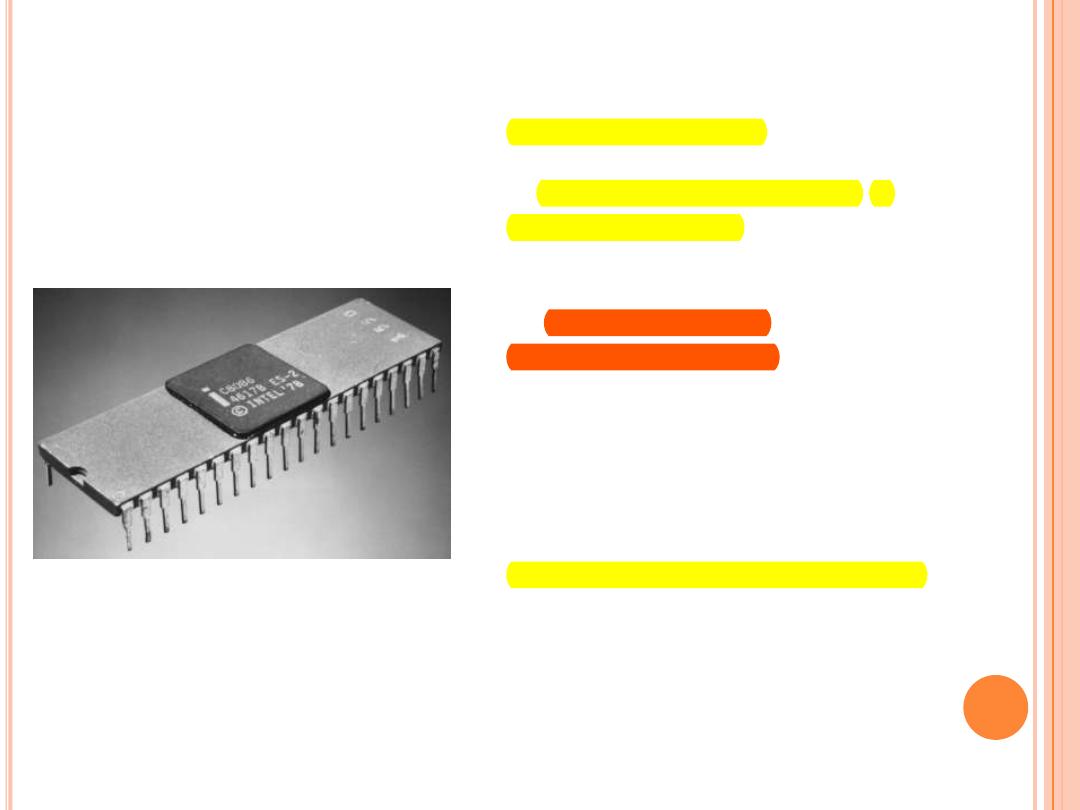
I
NTEL
8086
Introduced in 1978.
It was first 16-bit µP.
Its clock speed is 4.77 MHz, 8
MHz and 10 MHz, depending on
the version.
Its data bus is 16-bit and
address bus is 20-bit.
It had 29,000 transistors.
Could execute 2.5 million
instructions per second.
It could access 1 MB of memory.
It had 22,000 instructions.
It had Multiply and Divide
instructions.
12
www.eazynotes.com
Gursharan Singh Tatla
mailme@gursharansingh.in
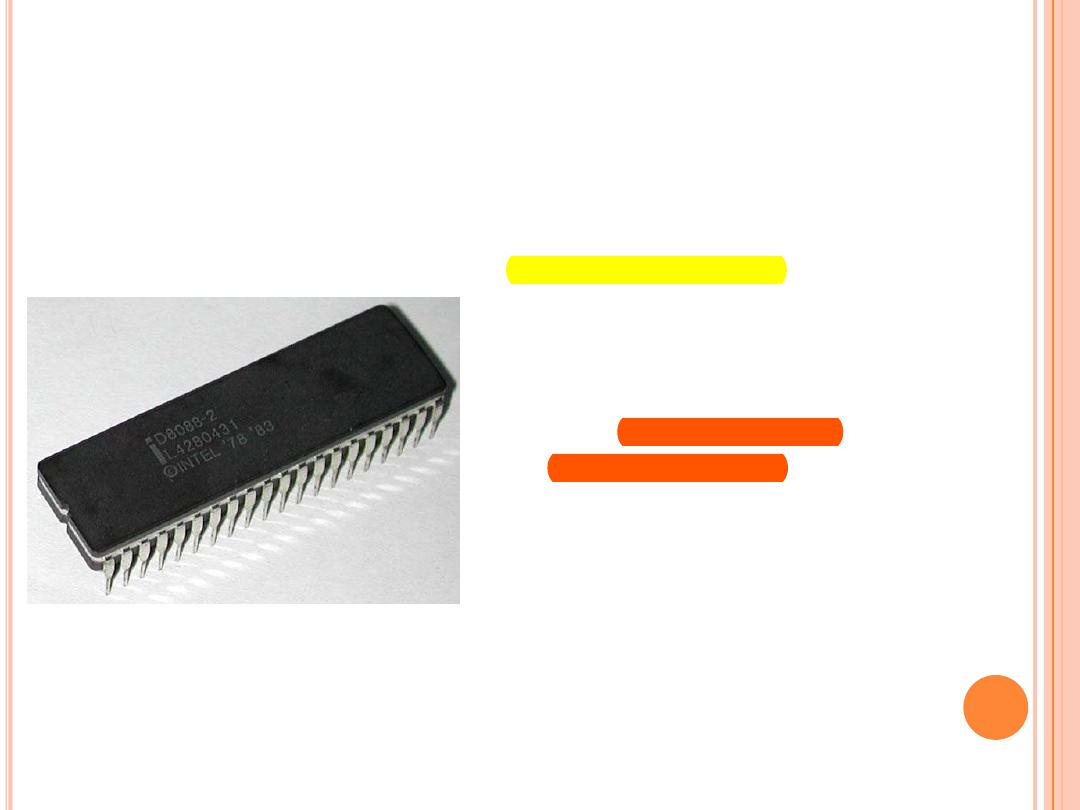
I
NTEL
8088
Introduced in 1979.
It was also 16-bit µP.
It was created as a cheaper
version of Intel’s 8086.
It was a 16-bit processor with
an 8-bit external bus.
Could execute 2.5 million
instructions per second.
This chip became the most
popular in the computer
industry when IBM used it for
its first PC.
13
www.eazynotes.com
Gursharan Singh Tatla
mailme@gursharansingh.in
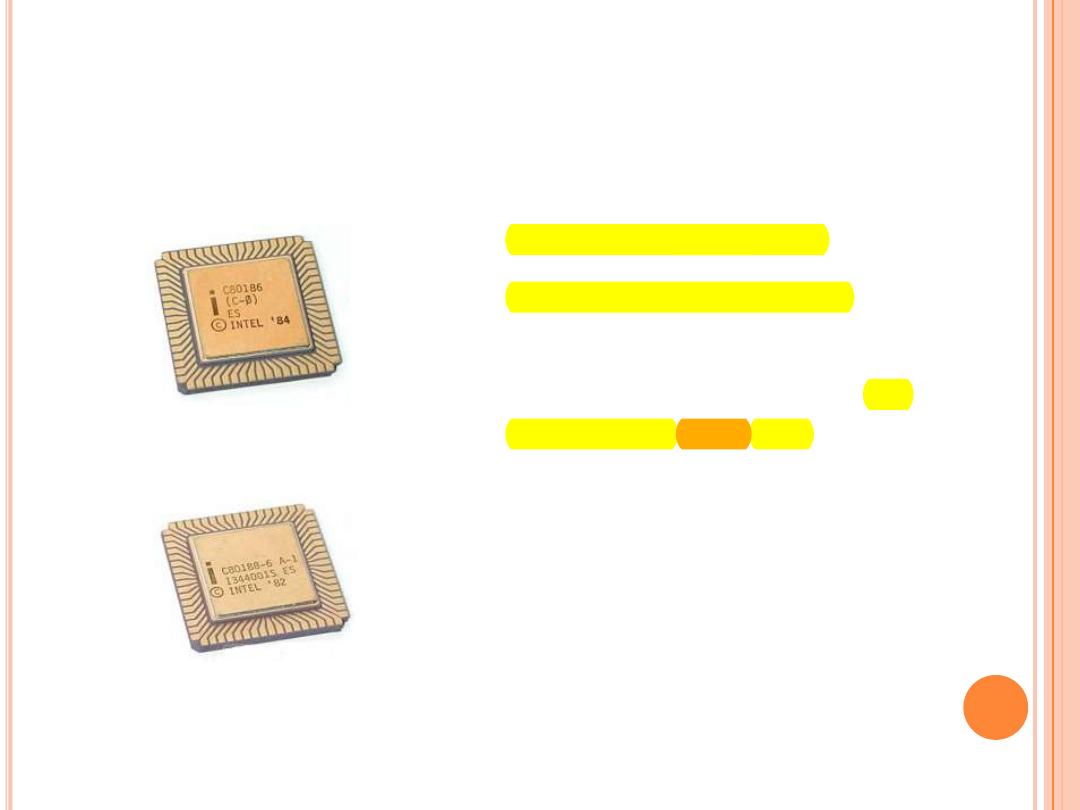
I
NTEL
80186 & 80188
Introduced in 1982.
They were 16-bit µPs.
Clock speed was 6 MHz.
80188 was a cheaper
version of 80186 with an 8-
bit external data bus.
They had additional
components like:
Interrupt Controller
Clock Generator
Local Bus Controller
Counters
14
www.eazynotes.com
Gursharan Singh Tatla
mailme@gursharansingh.in
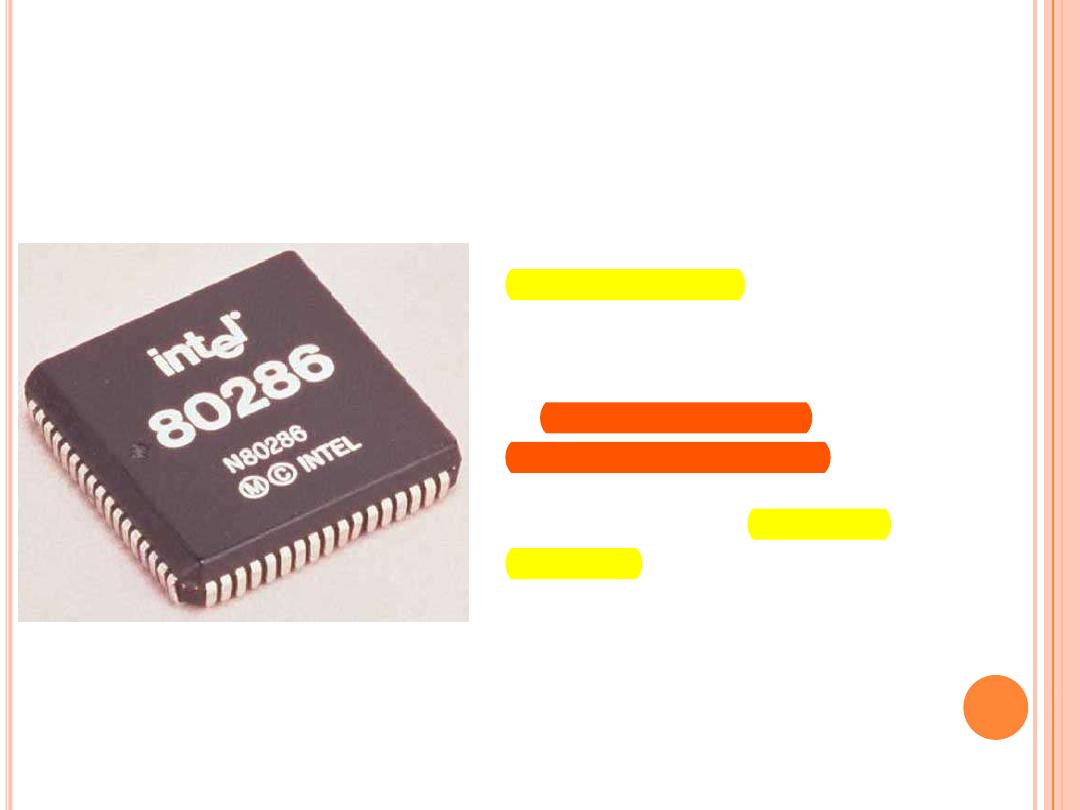
I
NTEL
80286
Introduced in 1982.
It was 16-bit µP.
Its clock speed was 8 MHz.
Its data bus is 16-bit and
address bus is 24-bit.
It could address 16 MB of
memory.
It had 1,34,000 transistors.
It could execute 4 million
instructions per second.
15
www.eazynotes.com
Gursharan Singh Tatla
mailme@gursharansingh.in

32-
BIT
M
ICROPROCESSORS
16
Gursharan Singh Tatla
mailme@gursharansingh.in
www.eazynotes.com
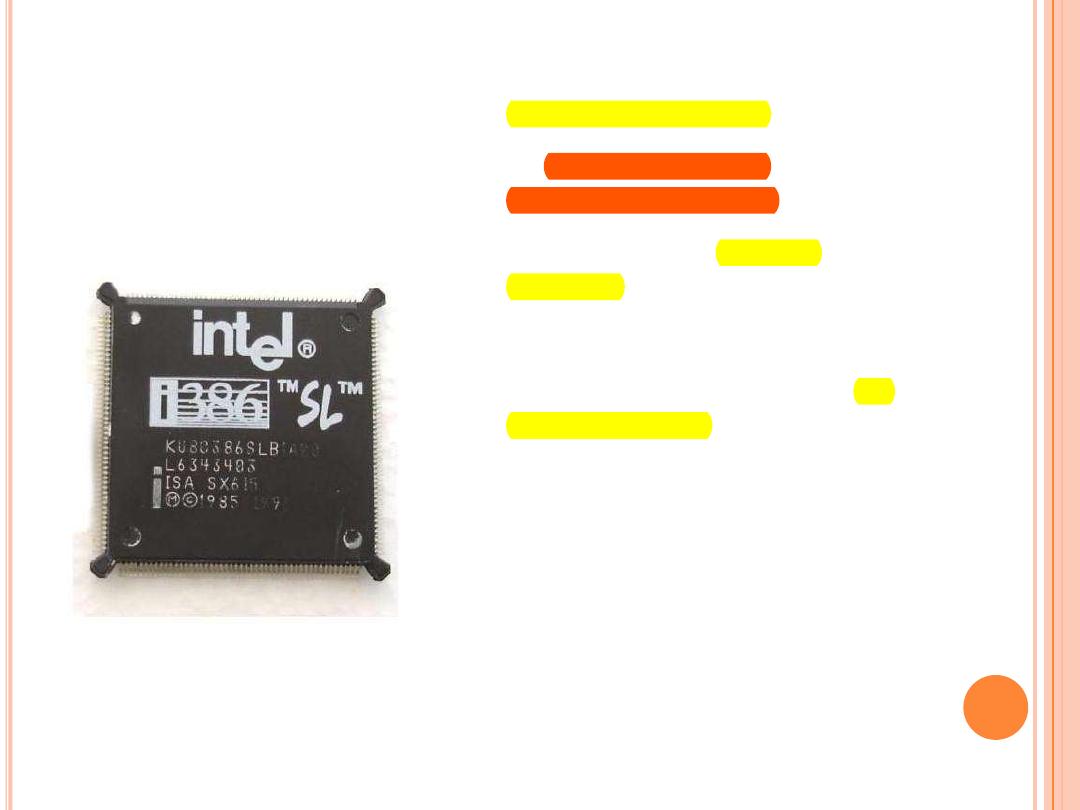
I
NTEL
80386
Introduced in 1986.
It was first 32-bit µP.
Its data bus is 32-bit and
address bus is 32-bit.
It could address 4 GB of
memory.
It had 2,75,000 transistors.
Its clock speed varied from 16
MHz to 33 MHz depending upon
the various versions.
Different versions:
80386 DX
80386 SX
80386 SL
Intel 80386 became the best
selling microprocessor in history.
17
www.eazynotes.com
Gursharan Singh Tatla
mailme@gursharansingh.in

I
NTEL
80486
Introduced in 1989.
It was also 32-bit µP.
It had 1.2 million transistors.
Its clock speed varied from 16
MHz to 100 MHz depending
upon the various versions.
It had five different versions:
80486 DX
80486 SX
80486 DX2
80486 SL
80486 DX4
8 KB of cache memory was
introduced.
18
www.eazynotes.com
Gursharan Singh Tatla
mailme@gursharansingh.in

I
NTEL
P
ENTIUM
Introduced in 1993.
It was also 32-bit µP.
It was originally named 80586.
Its clock speed was 66 MHz.
Its data bus is 32-bit and
address bus is 32-bit.
It could address 4 GB of
memory.
Could execute 110 million
instructions per second.
Cache memory:
8 KB for instructions.
8 KB for data.
19
www.eazynotes.com
Gursharan Singh Tatla
mailme@gursharansingh.in
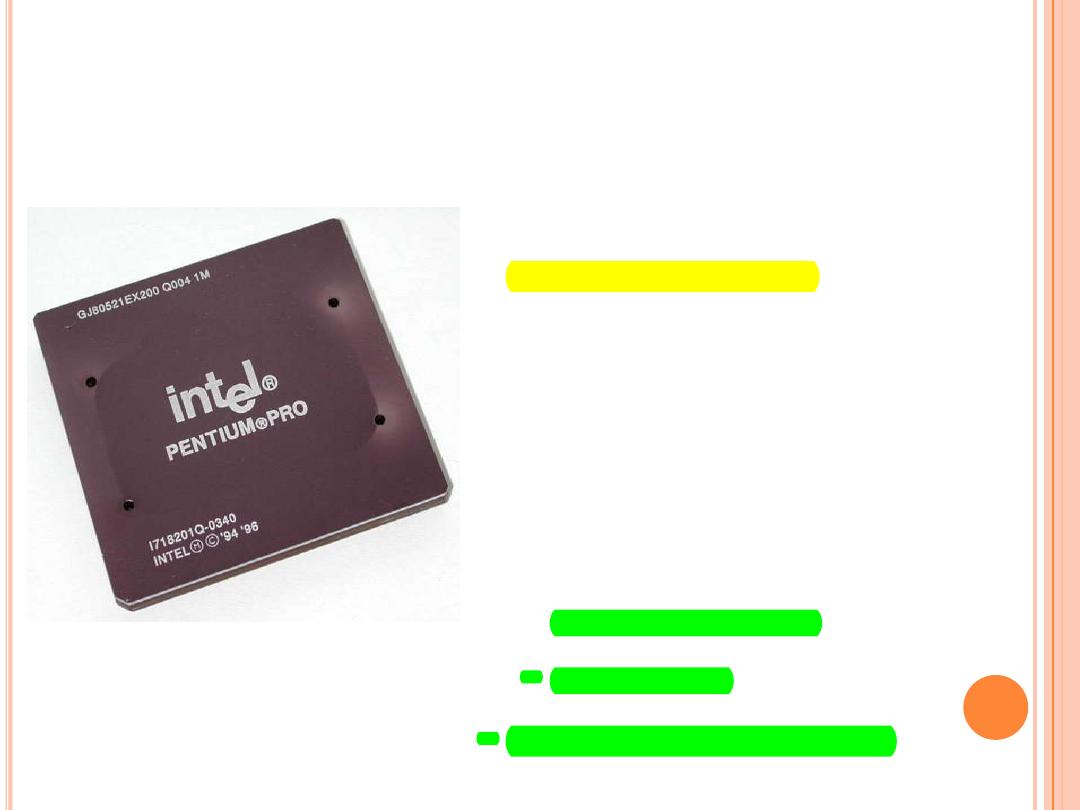
I
NTEL
P
ENTIUM
P
RO
Introduced in 1995.
It was also 32-bit µP.
It had L2 cache of 256 KB.
It had 21 million transistors.
It was primarily used in
server systems.
Cache memory:
8 KB for instructions.
8 KB for data.
It had L2 cache of 256 KB.
20
www.eazynotes.com
Gursharan Singh Tatla
mailme@gursharansingh.in
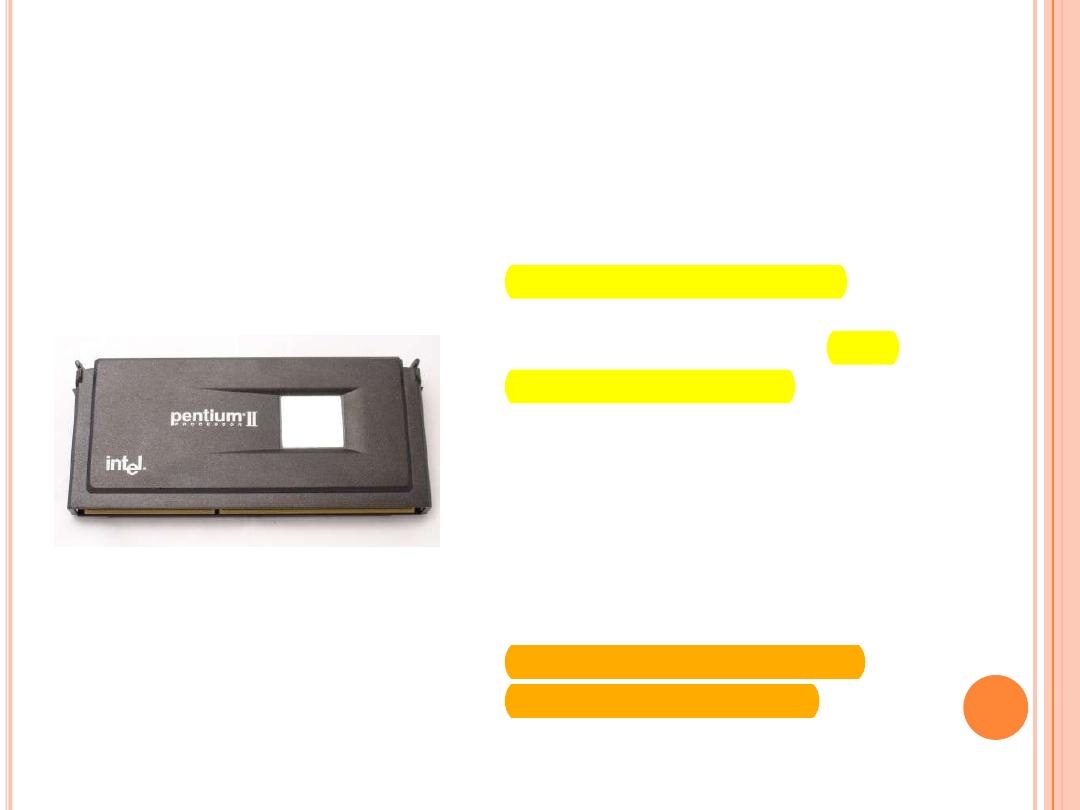
I
NTEL
P
ENTIUM
II
Introduced in 1997.
It was also 32-bit µP.
Its clock speed was 233
MHz to 500 MHz.
Could execute 333 million
instructions per second.
MMX technology was
supported.
L2 cache & processor
were on one circuit.
21
www.eazynotes.com
Gursharan Singh Tatla
mailme@gursharansingh.in
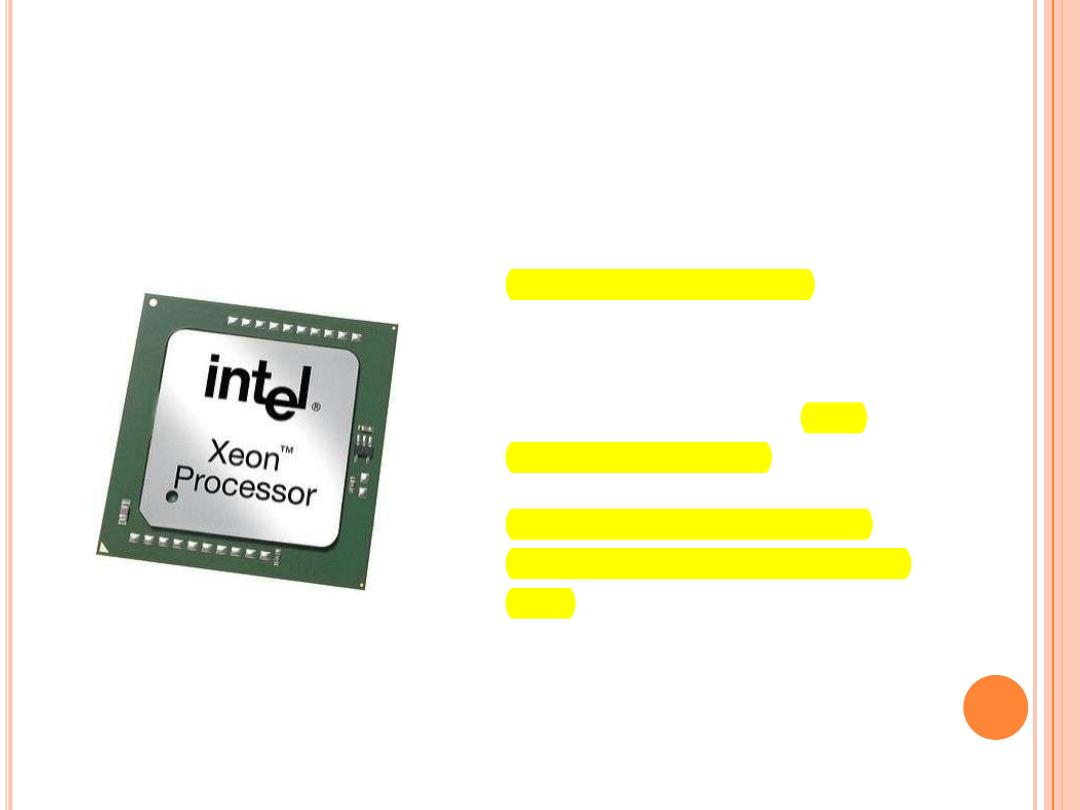
I
NTEL
P
ENTIUM
II X
EON
Introduced in 1998.
It was also 32-bit µP.
It was designed for servers.
Its clock speed was 400
MHz to 450 MHz.
L1 cache of 32 KB & L2
cache of 512 KB, 1MB or 2
MB.
It could work with 4 Xeons
in same system.
22
www.eazynotes.com
Gursharan Singh Tatla
mailme@gursharansingh.in
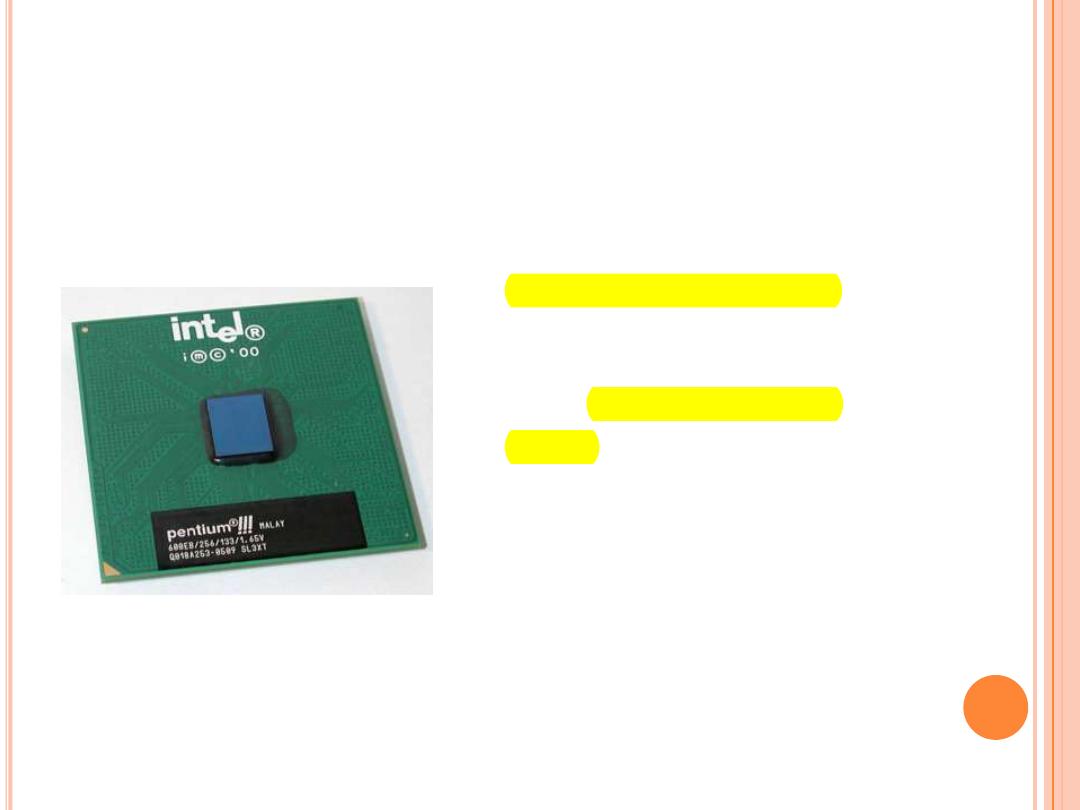
I
NTEL
P
ENTIUM
III
Introduced in 1999.
It was also 32-bit µP.
Its clock speed varied
from 500 MHz to 1.4
GHz.
It had 9.5 million
transistors.
23
www.eazynotes.com
Gursharan Singh Tatla
mailme@gursharansingh.in
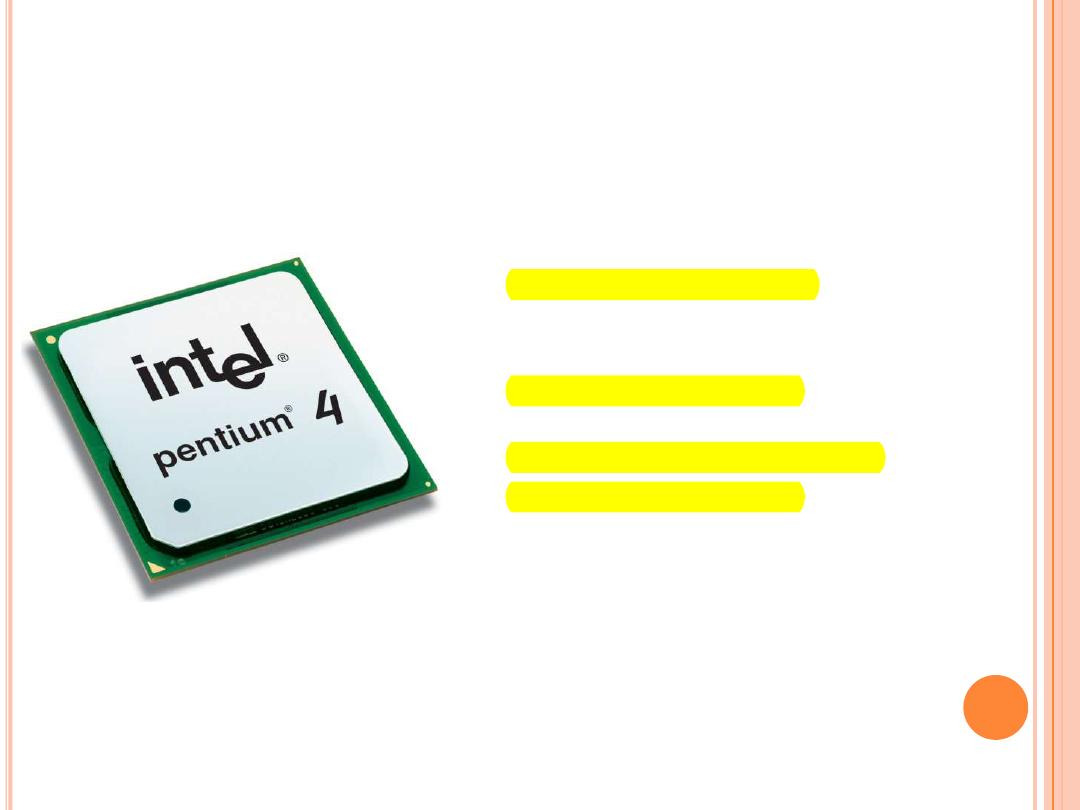
I
NTEL
P
ENTIUM
IV
Introduced in 2000.
It was also 32-bit µP.
Its clock speed was from
1.3 GHz to 3.8 GHz.
L1 cache was of 32 KB &
L2 cache of 256 KB.
It had 42 million transistors.
All internal connections
were made from aluminium
to copper.
24
www.eazynotes.com
Gursharan Singh Tatla
mailme@gursharansingh.in

I
NTEL
D
UAL
C
ORE
Introduced in 2006.
It is 32-bit or 64-bit µP.
It has two cores.
Both the cores have there
own internal bus and L1
cache, but share the
external bus and L2 cache
(Next Slide).
It supported SMT
technology.
SMT: Simultaneously Multi-
Threading
E.g.: Adobe Photoshop
supported SMT.
25
www.eazynotes.com
Gursharan Singh Tatla
mailme@gursharansingh.in
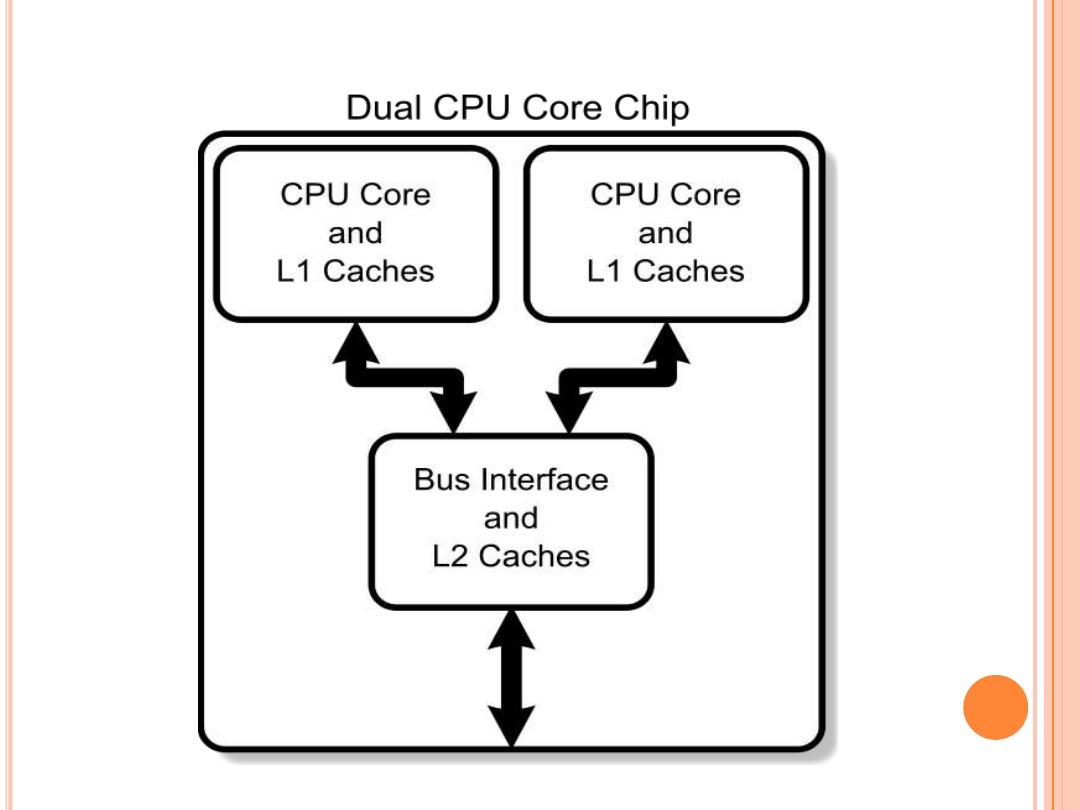
26
www.eazynotes.com
Gursharan Singh Tatla
mailme@gursharansingh.in

64-
BIT
M
ICROPROCESSORS
27
www.eazynotes.com
Gursharan Singh Tatla
mailme@gursharansingh.in
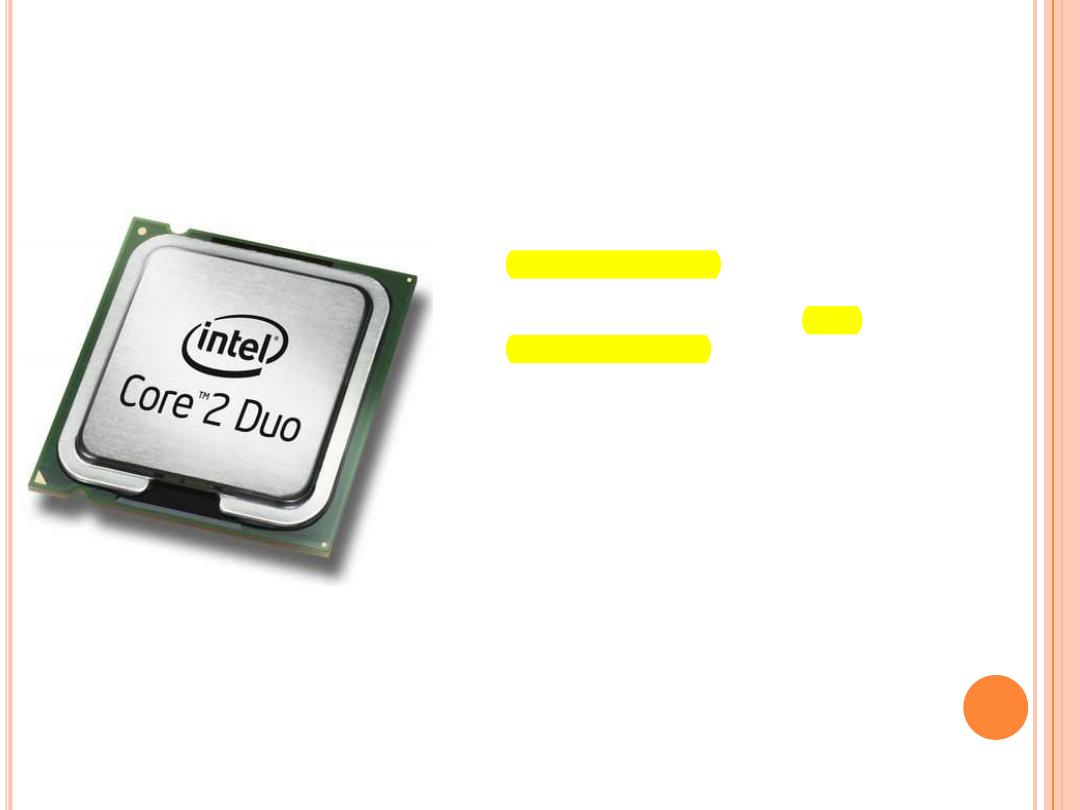
I
NTEL
C
ORE
2
Introduced in 2006.
It is a 64-bit µP.
Its clock speed is from 1.2
GHz to 3 GHz.
It has 291 million transistors.
It has 64 KB of L1 cache per
core and 4 MB of L2 cache.
It is launched in three different
versions:
Intel Core 2 Duo
Intel Core 2 Quad
Intel Core 2 Extreme
28
www.eazynotes.com
Gursharan Singh Tatla
mailme@gursharansingh.in

I
NTEL
C
ORE I
7
Introduced in 2008.
It is a 64-bit µP.
It has 4 physical cores.
Its clock speed is from 2.66
GHz to 3.33 GHz.
It has 781 million
transistors.
It has 64 KB of L1 cache
per core, 256 KB of L2
cache and 8 MB of L3
cache.
29
www.eazynotes.com
Gursharan Singh Tatla
mailme@gursharansingh.in

I
NTEL
C
ORE I
5
Introduced in 2009.
It is a 64-bit µP.
It has 4 physical cores.
Its clock speed is from 2.40
GHz to 3.60 GHz.
It has 781 million
transistors.
It has 64 KB of L1 cache
per core, 256 KB of L2
cache and 8 MB of L3
cache.
30
www.eazynotes.com
Gursharan Singh Tatla
mailme@gursharansingh.in
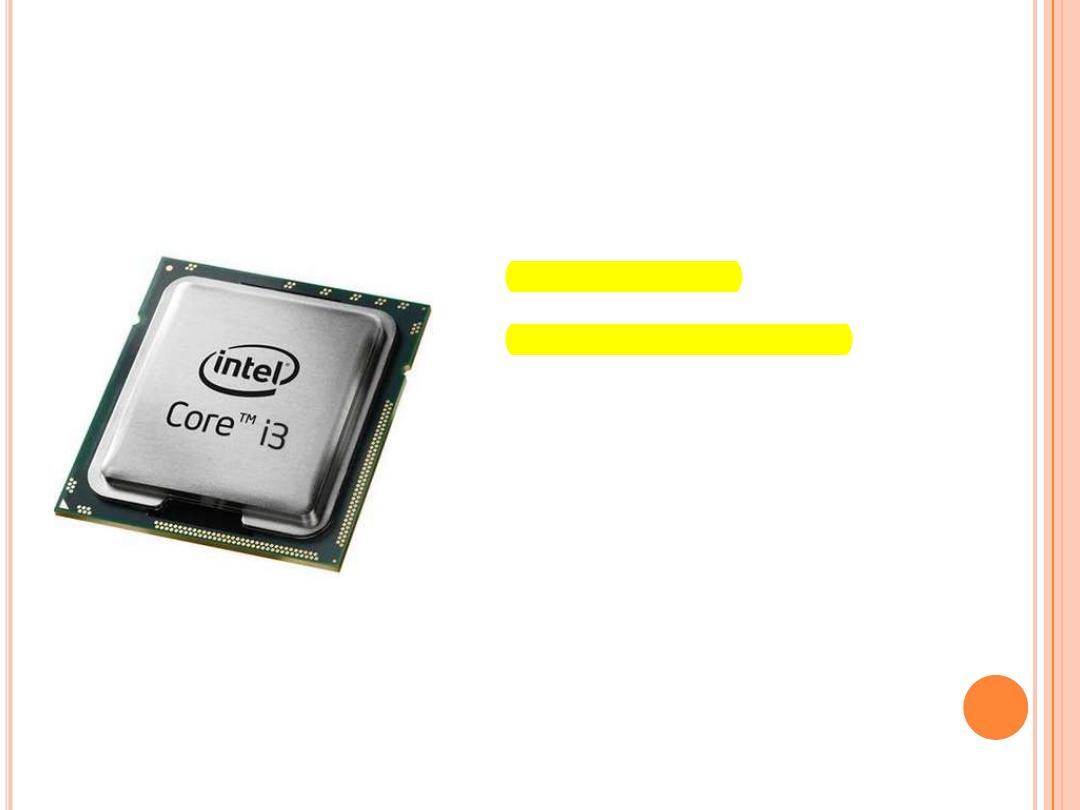
I
NTEL
C
ORE I
3
Introduced in 2010.
It is a 64-bit µP.
It has 2 physical cores.
Its clock speed is from 2.93
GHz to 3.33 GHz.
It has 781 million
transistors.
It has 64 KB of L1 cache
per core, 512 KB of L2
cache and 4 MB of L3
cache.
31
www.eazynotes.com
Gursharan Singh Tatla
mailme@gursharansingh.in

32
www.eazynotes.com
Gursharan Singh Tatla
mailme@gursharansingh.in
